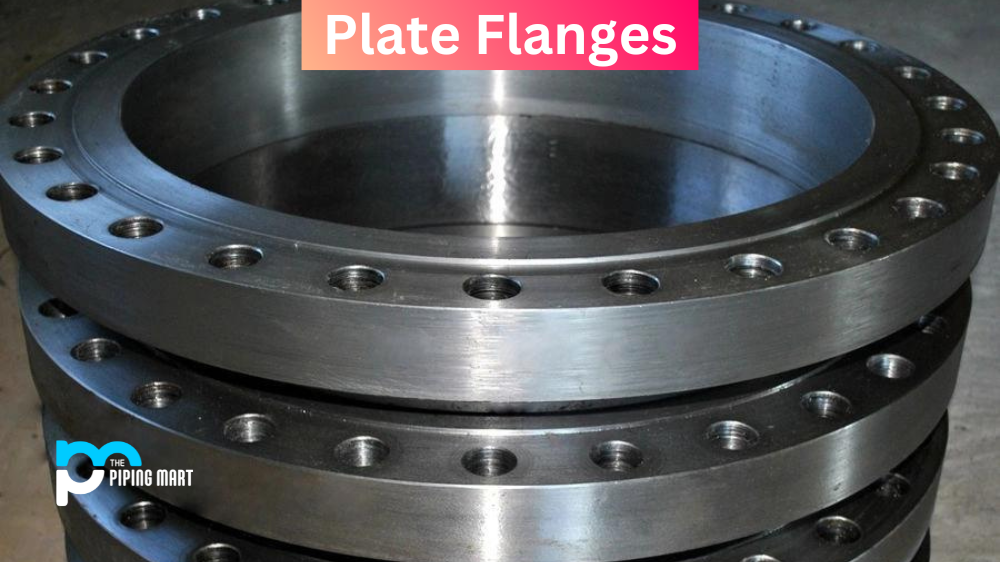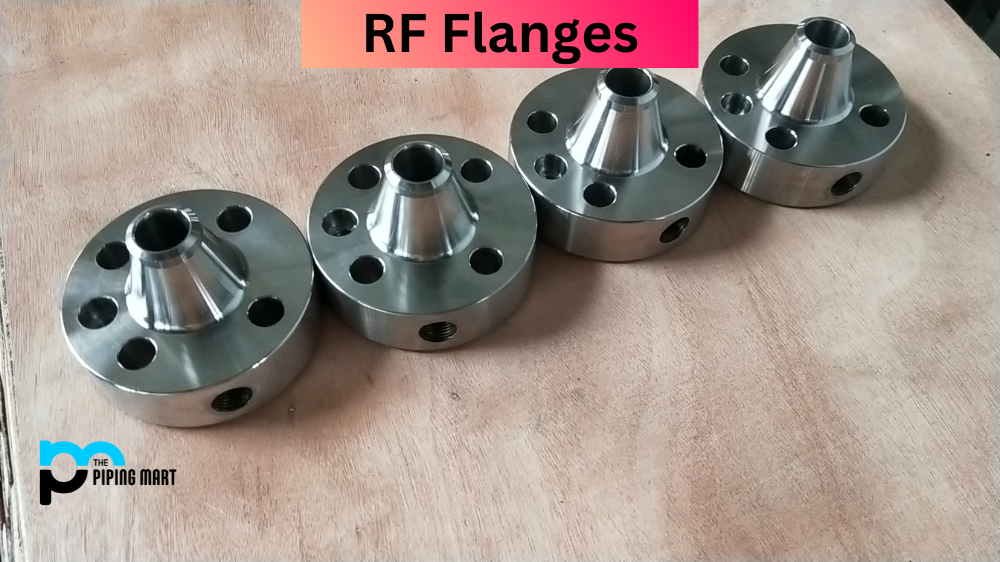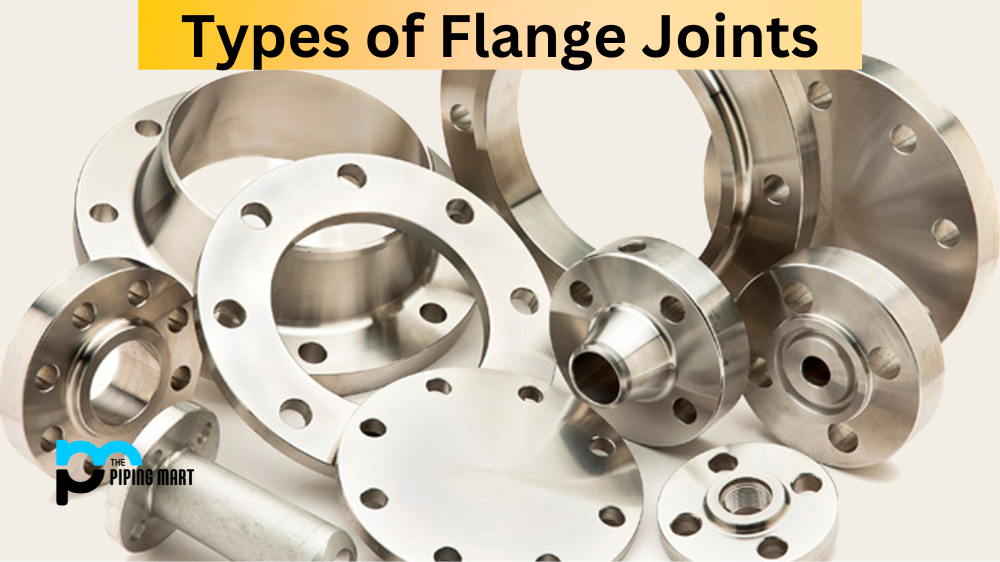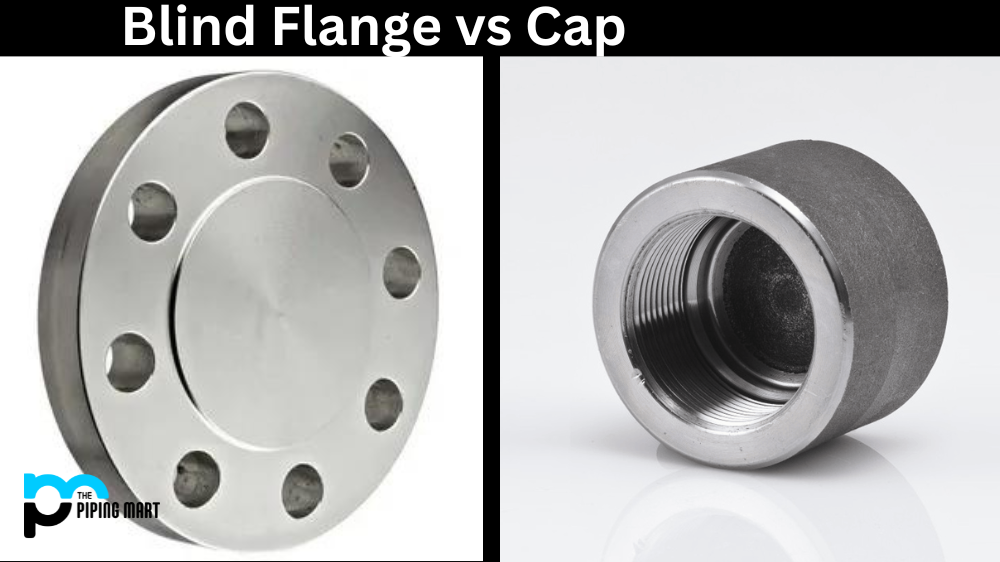Plate flanges are a type of flange that is manufactured using flat steel plates. They are used in many industries ranging from plumbing to manufacturing. Plate flanges are often used in applications such as welding, piping, and other high-pressure situations. They are also used for joining pipes together and for connecting different parts of a system. In this blog post, we will discuss the uses and types of plate flanges as well as their many benefits.
What is Plate Flange?
A plate flange is a flat piece of metal shaped to serve a specific purpose in various industries, particularly in sectors like oil and gas. Its primary function is to connect pipes securely while protecting external elements. These flanges are typically circular in shape and larger in size than other types, designed to handle high levels of pressure. One of their key advantages is their strength; they’re capable of forming solid connections between pipes of different sizes and enduring extreme temperature changes. Plate flanges can be manufactured from various metals, including carbon steel, stainless steel, and alloys.
Plate Flanges Uses
Plate flanges are primarily known for their role in connecting pipes, yet their versatility makes them invaluable in various other applications. They link different components within a system and effectively seal off sections as needed. For instance, they’re frequently employed to join metal pipes or connect separate piping sections. Moreover, they’re adept at sealing gaps between distinct pieces of metal, ensuring a secure enclosure. Furthermore, plate flanges find utility in connecting plastic pipes and even integrating HVAC system sections such as air conditioners or heaters.
Plate Flanges Welding
Welding is one method by which plate flanges can be attached to one another or connected to different components in a system. Welding provides a strong connection between two pieces and helps prevent any potential leaks or other issues that may occur if the connection is not properly sealed off using traditional methods like nuts and bolts or adhesive materials. Welding is also much faster than traditional methods and can help increase production time significantly when performing large-scale projects involving multiple plate flanges.
Plate Flanges Types
There are several types of plate flanges available on the market today, including slip-on, lap joint, threaded, weld neck, blind, socket weld, and long weld neck plates, among others. Each type has its own advantages depending on the project being completed and what type of connection is necessary for the job at hand. For example, slip-on plates are often preferred when attaching pipes with varying diameters because they have an easy-to-use design that allows them to slide onto the pipe without needing additional tools or hardware items. On the other hand, Lap Joints require more preparation during installation but provide superior strength compared to slip-on plates due to their unique design, which allows them to create a tight seal around the perimeter of the pipe being joined together. Threaded plates offer increased durability, while weld necks provide superior strength when welding under pressure conditions, such as those found in industrial settings where safety must always remain a top priority.
Plate Flanges Dimension
| Flange DN | Pipe | Flange | Stud Bolts | Flange Weight | |||||
| d1 | k | D | b | d2 | Thread | Bolt holes | KG | ||
| 15 | 21,3 | 22,0 | 55 | 80 | 12 | 11 | M10 | 4 | 0,401 |
| 20 | 26,9 | 27,5 | 65 | 90 | 14 | 11 | M10 | 4 | 0,590 |
| 25 | 33,7 | 34,5 | 75 | 100 | 14 | 11 | M10 | 4 | 0,716 |
| 32 | 42,4 | 43,5 | 90 | 120 | 16 | 14 | M12 | 4 | 1,153 |
| 40 | 48,3 | 49,5 | 100 | 130 | 16 | 14 | M12 | 4 | 1,344 |
| 50 | 60,3 | 61,5 | 110 | 140 | 16 | 14 | M12 | 4 | 1,478 |
| 65 | 76,1 | 77,5 | 130 | 160 | 16 | 14 | M12 | 4 | 1,850 |
| 80 | 88,9 | 90,5 | 150 | 190 | 18 | 18 | M16 | 4 | 2,944 |
| 100 | 114,3 | 116,0 | 170 | 210 | 18 | 18 | M16 | 4 | 3,247 |
| 125 | 139,7 | 141,5 | 200 | 240 | 20 | 18 | M16 | 8 | 4,301 |
| 150 | 168,3 | 170,5 | 225 | 265 | 20 | 18 | M16 | 8 | 4,741 |
| 200 | 219,1 | 221,5 | 280 | 320 | 22 | 18 | M16 | 8 | 6,862 |
| 250 | 273,0 | 276,5 | 335 | 375 | 24 | 18 | M16 | 12 | 8,893 |
| 300 | 323,9 | 327,5 | 395 | 440 | 24 | 22 | M20 | 12 | 11,880 |
| 350 | 355,6 | 359,5 | 445 | 490 | 26 | 22 | M20 | 12 | 16,788 |
| 400 | 406,4 | 411,0 | 495 | 540 | 28 | 22 | M20 | 16 | 19,781 |
| 450 | 457,0 | 462,0 | 550 | 595 | 30 | 22 | M20 | 16 | 24,495 |
| 500 | 508,0 | 513,5 | 600 | 645 | 30 | 22 | M20 | 20 | 26,307 |
| 600 | 610,0 | 616,5 | 705 | 755 | 32 | 26 | M24 | 20 | 34,702 |
| 700 | 711,0 | 714,2 | 810 | 860 | 40 | 26 | M24 | 24 | 52,441 |
| 800 | 813,0 | 815,8 | 920 | 975 | 44 | 30 | M27 | 24 | 71,262 |
| 900 | 914,0 | 917,4 | 1020 | 1075 | 48 | 30 | M27 | 24 | 86,269 |
| 1000 | 1016,0 | 1019,0 | 1120 | 1175 | 52 | 30 | M27 | 28 | 101,340 |
| 1200 | 1220,0 | 1224,0 | 1340 | 1405 | 60 | 33 | M30 | 32 | 162,638 |
| 1400 | 1420,0 | 1424,0 | 1560 | 1630 | 72 | 36 | M33 | 36 | 257,772 |
| 1600 | 1620,0 | 1624,0 | 1760 | 1830 | 80 | 36 | M33 | 40 | 324,382 |
| 1800 | 1820,0 | 1826,0 | 1970 | 2045 | 88 | 39 | M36 | 44 | 422,35 |
| 2000 | 2020,0 | 2026,0 | 2180 | 2265 | 96 | 42 | M39 | 48 | 555,18 |
Conclusion
Plate flanges come in many shapes and sizes with a variety of uses across multiple industries, including construction, plumbing, manufacturing and more! They help save time during installation by providing quick connections between different components within systems by either welding them together or sealing them off with nuts and bolts, depending on the application requirements at hand. Furthermore, there are various types available depending on whether you need increased strength (weld neck) or an easier installation process (slip-on). Regardless of your specific requirements, though, it’s important to do your research before selecting any particular type, so you know you’re getting exactly what you need out of your purchase! No matter which type you choose, however, you’ll find that having access to such versatile tools makes just about anything much easier!

Pipingmart is a B2B portal that specializes in metal, industrial and piping items. Additionally, we share the latest information and information about materials, products and various types of grades to assist businesses that are involved in this business.





